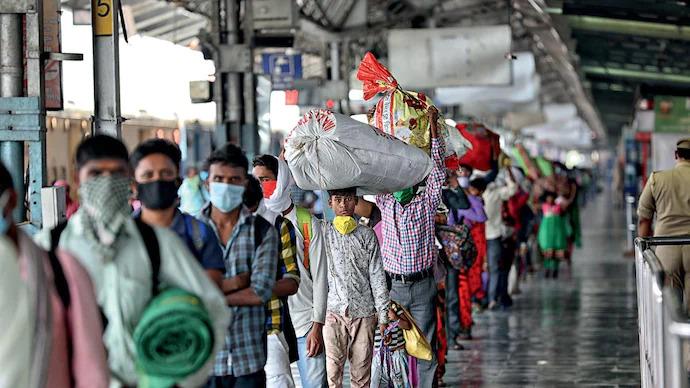The dynamics of Indian migration are complex, influenced by economic, educational, and lifestyle factors. As the global landscape evolves, so too will the preferences and destinations of Indian immigrants
India stands as a significant contributor to global migration, with 13.6 million Non-Resident Indians (NRIs), 18.68 million Persons of Indian Origin (PIOs), and approximately 32.3 million Overseas Citizens of India (OCIs) constituting the world’s largest overseas diaspora. Annually, 2.5 million Indians migrate overseas, making it the highest number globally, according to moneycontrol.com.
India is a leading source of migrants to OECD countries:
The International Migration Outlook 2023 has identified India as the primary source of migrants to Organisation for Economic Co-operation and Development (OECD) countries for both 2021 and 2022.
Popular migration destinations:
Historically, countries such as the United States, the United Kingdom, France, the UAE, Singapore, Canada, and Australia have been favored by Indian migrants for work, education, or citizenship. However, recent trends suggest potential shifts in migration patterns due to changing policies in the UK and Australia.
High net worth individuals (HNWIS) migration:
While the overall migration landscape evolves, HNWIs continue to move abroad. In 2022, 7,500 HNWIs left India, and an estimated 6,500 were expected to follow suit in 2023. Dubai and Singapore emerge as popular destinations, with the United States being the preferred choice in the West.
Emerging trends in student migration:
India remains the largest source of international students for various countries. The number of Indian students studying abroad is anticipated to rise from 1 million in 2019 to 2 million by 2025. Beyond traditional destinations like the US, Canada, UK, and Australia, emerging choices include France, Germany, Spain, Singapore, Dubai, New Zealand, Ireland, and Malta.
Majorly, Indians migrate for work to countries like the United States, the United Kingdom, France, the UAE, Singapore, Canada, and Australia have been favored by Indian migrants for work, education, or citizenship. However, recent trends suggest potential shifts in migration patterns due to changing policies in the UK and Australia
Changing dynamics in citizenship renunciation:
In 2022, a notable 2,25,620 individuals relinquished their Indian citizenship, the highest in the last 12 years. By June 2023, 87,026 Indians had given up their citizenship, relocating to 135 different countries. The surge in citizenship renunciations may reflect the impact of India’s non-dual citizenship policy.
Factors driving migration:
High taxes, stringent remittance rules, limited passport mobility (Indian passport ranks 80th in the Henley Passport Index 2023), and an aspiration for a higher standard of living are key factors driving migration. The quest for better education opportunities for children remains a significant motivator for Indians seeking to relocate.
The dynamics of Indian migration are complex, influenced by economic, educational, and lifestyle factors. As the global landscape evolves, so too will the preferences and destinations of Indian immigrants.



